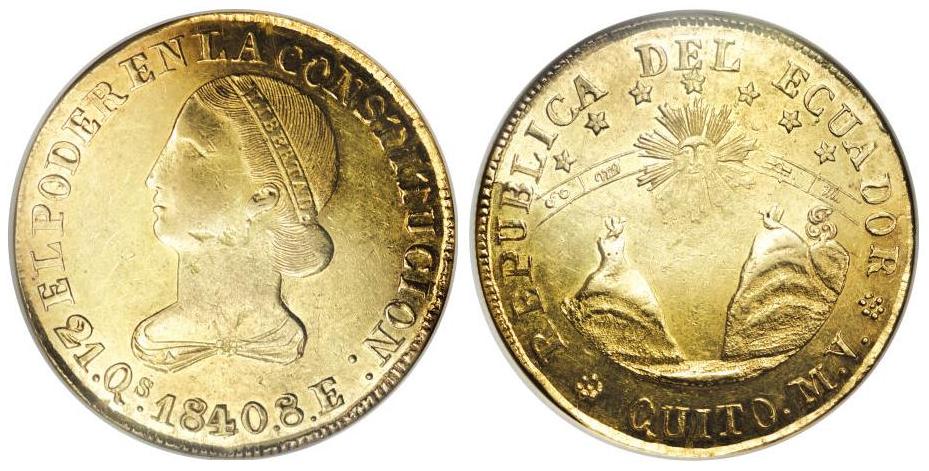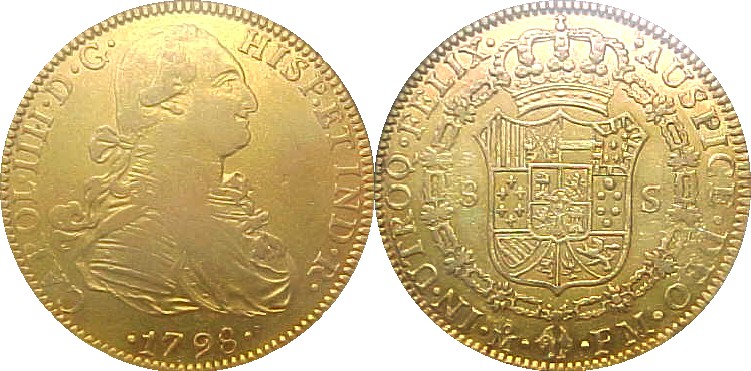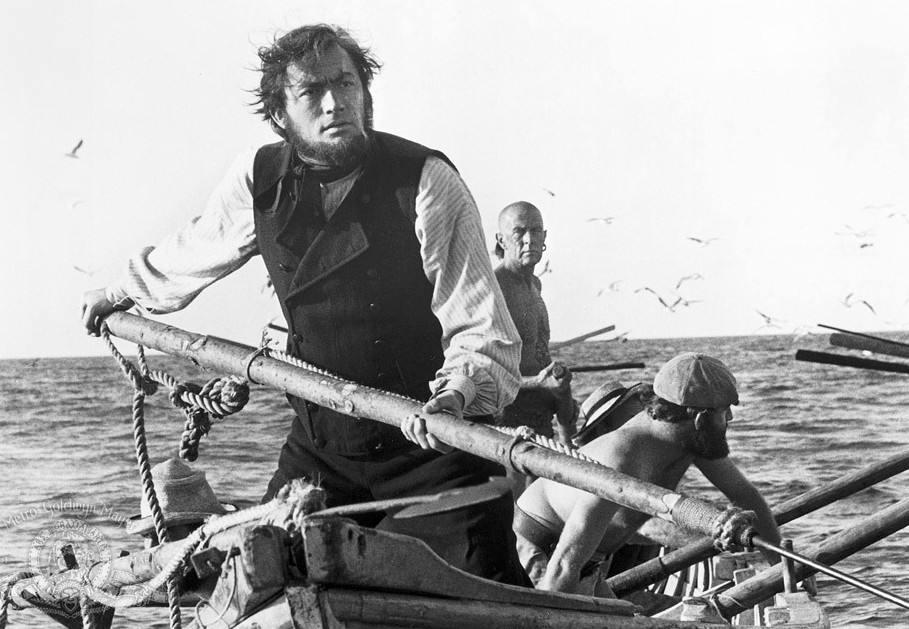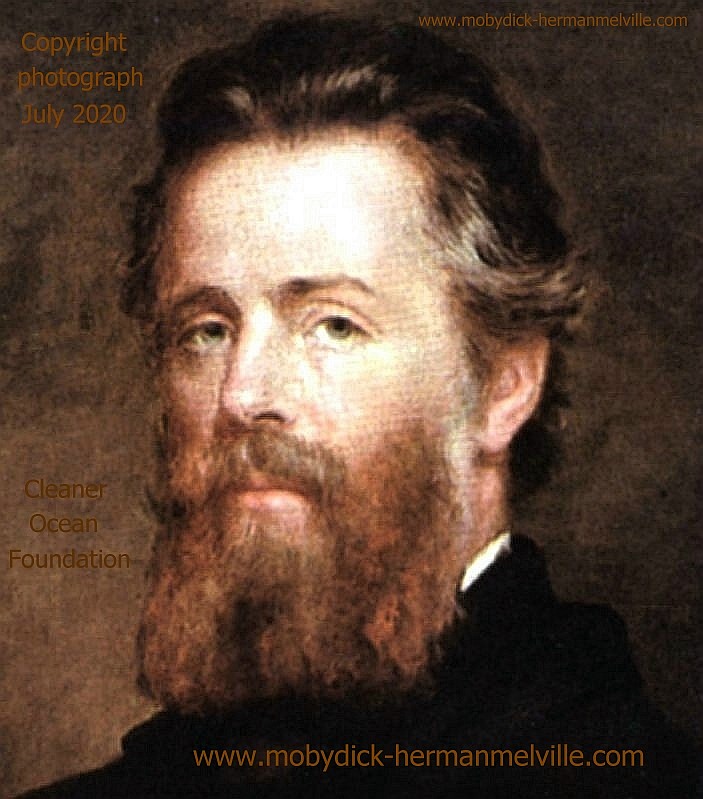
An
Ecuadorian doubloon as per the one nailed to the mast in Moby Dick
MOBY DICK COIN
Known in the numismatic world as a "Moby Dick Coin", the Ecuadorian 8 Escudos doubloon, minted in Quito, Ecuador, between 1838 and 1843, is the one ounce of gold "sixteen dollar piece"
Captain Ahab nails to the mast of the Pequod, promising it to the first man who "raises"
Moby-Dick.
The coin is first mentioned in Herman Melville's 1851 novel Moby-Dick, in
Chapter 36 "The Quarter Deck" and later at length in Chapter 99 "The Doubloon". It is often mistaken as a Spanish doubloon, but this coin was not struck by the Spanish crown or endorsed by the Spanish government. The Moby Dick coin was minted in the Republic of Ecuador, at the Quito mint, many years after its independence from Spain.
"Now those noble golden coins of South America are as medals of the sun and tropic token-pieces. Here palms, alpacas, and volcanoes; sun’s disks and stars, ecliptics, horns-of-plenty, and rich banners waving, are in luxuriant profusion stamped; so that the precious gold seems almost to derive an added preciousness and enhancing glories, by passing through those fancy mints, so Spanishly poetic. It so chanced that the doubloon of the Pequod was a most wealthy example of these things. On its round border it bore the letters, Republica del Ecuador: Quito. So this bright coin came from a country planted in the middle of the world, and beneath the great equator, and named after it; and it had been cast midway up the Andes, in the unwaning clime that knows no autumn. Zoned by those letters you saw the likeness of three Andes’ summits; from one a flame; a tower on another; on the third a crowing cock; while arching over all was a segment of the partitioned zodiac, the signs all marked with their usual cabalistics, and the keystone sun entering the equinoctial point at Libra."
— Moby-Dick, chapter 99
The
fabled doubloon went down to a watery grave with the sinking of the Pequod,
in Herman
Melville's literary masterpiece; Moby Dick.

A
Spanish coin minted in 1798. Coins such as this remind us of our
history. Collectors aspire to own such artifacts, so hold a real piece
of the past, despite the great cost and rising values.
The doubloon (from Spanish doblón, meaning "double") was a two-escudo or 32-real gold coin, weighing 6.867 grams (0.218 troy ounces) in 1537, and 6.766 grams from 1728, of .917 fine gold (22-carat gold). Doubloons were minted in Spain and the viceroyalties of New Spain, Peru, and Nueva Granada (modern-day Colombia, Ecuador, Panama, and Venezuela). The term was first used to describe the golden excelente either because of its value of two ducats or because of the double portrait of Ferdinand and Isabella.
In the New World, Spanish gold coins were minted in one, two, four, and eight escudo denominations. The two-escudo piece was called a "pistole"; the large eight-escudo coin was called a "quadruple pistole" or, at first, a double doubloon. English colonists would come to call it the Spanish doubloon.
After the War of 1812, doubloons were valued in Nova Scotia at the rate of £4 and became the dominant coin there.
Doubloons marked "2 S" are equivalent to four dollars in US gold coins and were traded in that manner. Small 1/2-escudo coins (similar to a US $1
gold piece) have no value marked on them but were worth a Spanish milled dollar in trade.
In Spain, doubloons were current up to the middle of the 19th century. Isabella II of Spain replaced an escudo-based coinage with decimal reales in 1859, and replaced the 6.77-gram doblón with a new heavier doblón worth 100 reales and weighing 8.3771 grams (0.268 troy ounces). The last Spanish doubloons (showing the denomination as 80 reales) were minted in 1849. After their independence, the former Spanish Viceroyalties of Mexico, Peru and Nueva Granada continued to mint doubloons.
PORTUGUESE COLONIES
Doubloons have also been minted in Portuguese colonies, where they went by the name dobrão, with the same meaning. The São Tomé and Príncipe dobra is the only extant currency with a name meaning "doubloon."
In Europe, the doubloon became the model for several other gold coins, including the French Louis d'or, the Italian doppia, the Swiss duplone, the Northern German pistole, and the Prussian Friedrich d'or.
In present-day Canada, "doubloon" is occasionally used to describe to the two-dollar coin (the one-dollar coin is nicknamed the loonie, owing to it's use of a Common loon on it's reverse).
In pop culture, the coin plays a central role in Season 1, Episode 4 of Netflix's Carmen Sandiego in 2019.

Gregory
Peck gives an outstanding performance as Captain
Ahab, the obsessed
master of the Pequod, in the 1956
movie: Moby Dick.
A
BIT OF MOBY HISTORY
Moby
Dick is the story of a great white sperm whale that fought back at
whalers who tried to harpoon him. The idea came to Herman Melville after
he spent time on a commercial whaler, where stories abounded of the
sinking of the Essex in 1821 and Mocha
Dick, a giant sperm whale that sank around 20 ships, before being
harpooned in 1838.
Moby
Dick has inspired a great many adaptations, the same basic story
finding its way into the making of four films and two television
adaptations.
In
addition there are many comics and illustrated volumes, adapted from the
original, one of which is the emerging graphic novel version of a large
humpback whale called Kulo Luna.
Kulo
Luna is not as big as the whales depicted in Herman
Melville's Moby
Dick, but she has a diamond encrusted heart of gold, only attacking
whaling ships that present a danger to herself or her friends.

Herman
Melville was the author of what we'd now consider an illegal activity,
the commercial hunting of whales for oil and meat.
Please use our
A-Z INDEX to
navigate this site



